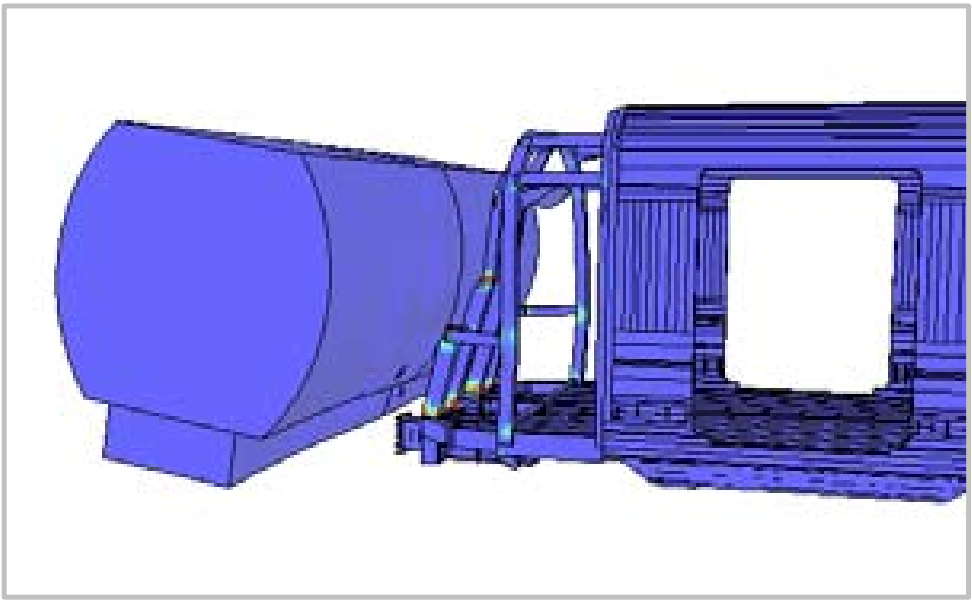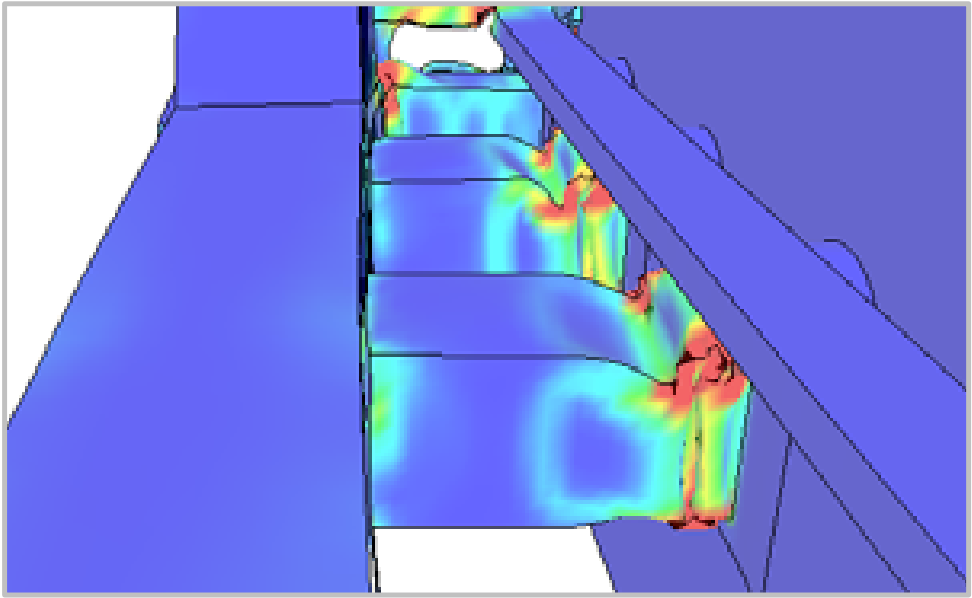-
Client
Hyundai Rotem Company
-
Business need
To demonstrate crashworthiness performance of new train meets the requirements of BS EN 15227
-
Why Frazer-Nash?
Frazer-Nash has considerable expertise in design and structural analysis using FEA modelling
The challenge
The Hyundai Rotem Company (Rotem) was developing a new lightweight, aluminium bodied electric multiple unit (EMU) – a passenger train consisting of more than one carriages which uses electricity as the sole motive power.
As part of the process, Rotem required independent verification of the EMU’s compliance with the BS EN 15227 crashworthiness standard. This specification defines the design limits and driver survival space which must be met for potential crash scenarios: both head-on impact with an identical train, and impact with a large obstacle (e.g at a level crossing). Frazer-Nash Consultancy were commissioned to perform non-linear finite element analysis of the new EMU design, in order to demonstrate that it met these requirements.
Our solution
A key requirement of the BS standard is that the modelling methods used to perform the initial assessment must be validated against component trials.



